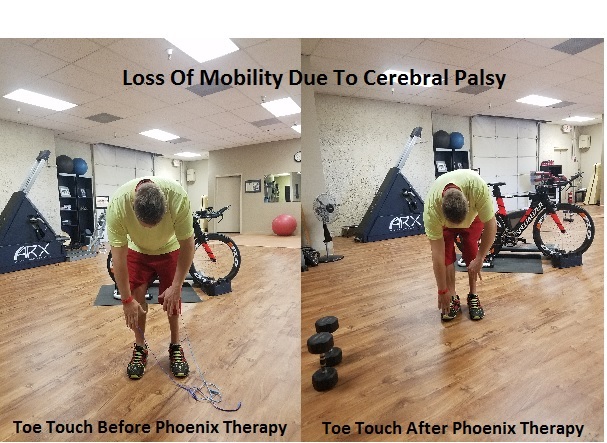Introduction
Multiple sclerosis (MS) is a chronic neurological condition characterized by a range of symptoms, including muscle spasms and spasticity. These symptoms can significantly impact a person’s quality of life, leading to discomfort, reduced mobility, and decreased independence. While various treatments exist to manage these symptoms, the quest for more effective and innovative approaches continues. One such emerging technology is Phoenix waveform electrical muscle stimulation (EMS), offering promising avenues for alleviating spasm and spasticity in individuals living with MS.
Understanding Spasm and Spasticity in Multiple Sclerosis
Before delving into the application of Phoenix waveform EMS, it’s crucial to grasp the nature of spasm and spasticity in MS. Spasms are sudden, involuntary muscle contractions that can range from mild twitches to intense, painful cramps. Spasticity, on the other hand, involves increased muscle tone, leading to stiffness, rigidity, and difficulty with movement. Both symptoms stem from the disruption of communication between the brain and muscles, a hallmark of MS due to demyelination—a process where the protective covering of nerve fibers is damaged.
Traditional Treatments and Their Limitations
Managing spasm and spasticity in MS typically involves a combination of pharmacological and non-pharmacological interventions. Medications such as muscle relaxants and antispasmodics are commonly prescribed to alleviate symptoms. Physical therapy, stretching exercises, and assistive devices also play a vital role in maintaining mobility and function. However, these approaches may not provide sufficient relief for everyone and can be associated with side effects or limitations in accessibility and effectiveness.
Enter Phoenix Waveform EMS
Phoenix waveform EMS represents a novel approach to managing spasm and spasticity, offering targeted and customizable electrical stimulation to affected muscles. Unlike traditional EMS devices that deliver simple waveforms, Phoenix waveform EMS utilizes a more sophisticated waveform pattern inspired by the mythical phoenix—a symbol of rebirth and renewal. This unique waveform is designed to mimic the natural patterns of muscle activation, optimizing muscle recruitment and promoting more efficient contractions.
How Phoenix Waveform EMS Works
At its core, Phoenix waveform EMS operates by delivering electrical impulses to muscles via electrodes placed on the skin. These impulses trigger muscle contractions, helping to alleviate spasm and spasticity. However, what sets Phoenix waveform EMS apart is its advanced waveform pattern, which consists of multiple phases, each tailored to specific physiological responses. By incorporating elements such as ramping, holding, and relaxation phases, the waveform closely resembles the patterns seen in healthy muscle function.
Benefits of Phoenix Waveform EMS for MS Patients
The application of Phoenix waveform EMS in MS management offers several potential benefits:
- Targeted Muscle Activation: The customizable nature of Phoenix waveform EMS allows for precise targeting of affected muscle groups, enabling individuals to focus on areas of concern.
- Reduced Spasm and Spasticity: By promoting more natural muscle contractions, Phoenix waveform EMS can help reduce the frequency and intensity of spasms and spasticity, improving overall comfort and mobility.
- Improved Muscle Strength and Function: Regular use of Phoenix waveform EMS can enhance muscle strength and function, enabling individuals to perform daily activities with greater ease and efficiency.
- Non-Invasive and Convenient: Phoenix waveform EMS can be used in the comfort of home, offering a non-invasive and convenient alternative to traditional therapies. This accessibility is particularly beneficial for individuals with mobility limitations or those seeking additional support between clinical visits.
- Customizable Treatment Plans: Healthcare providers can tailor Phoenix waveform EMS treatment plans to meet the unique needs and preferences of each individual, ensuring optimal outcomes and adherence to therapy.
Clinical Evidence and Patient Experiences
While research on Phoenix waveform EMS specifically for MS-related spasm and spasticity is still emerging, preliminary studies and anecdotal evidence suggest promising results. Clinical trials exploring the efficacy of Phoenix waveform EMS in other neurological conditions, such as stroke and spinal cord injury, have demonstrated improvements in muscle strength, function, and spasticity reduction. Additionally, many individuals living with MS who have incorporated Phoenix waveform EMS into their treatment regimens report positive experiences, citing improvements in symptom management and quality of life.
Considerations and Future Directions
Despite its potential benefits, it’s essential to recognize that Phoenix waveform EMS is not a standalone treatment for MS. Rather, it should be integrated into a comprehensive care plan that may include medication, physical therapy, and lifestyle modifications. Additionally, further research is needed to better understand the optimal parameters and long-term effects of Phoenix waveform EMS in the context of MS management.
Conclusion
Phoenix waveform EMS represents a promising frontier in the management of spasm and spasticity in individuals living with multiple sclerosis. By harnessing advanced waveform technology inspired by the mythical phoenix, this innovative approach offers targeted muscle stimulation, customizable treatment plans, and the potential for improved symptom management and quality of life. As research continues to evolve and clinical experience grows, Phoenix waveform EMS holds the potential to transform the lives of individuals affected by MS, unlocking new pathways to relief and rehabilitation.